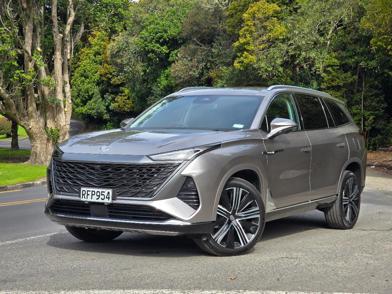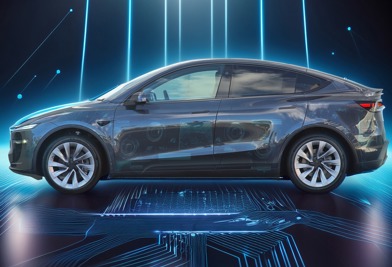What’s this new car all about then?
The Volvo XC90 was originally launched in 2002, with the current model coming online in 2015, so when Volvo revealed the large all-electric EX90 SUV in 2022, it was naturally assumed that this would replace the ageing XC90 given all the excitement around EVs back then.
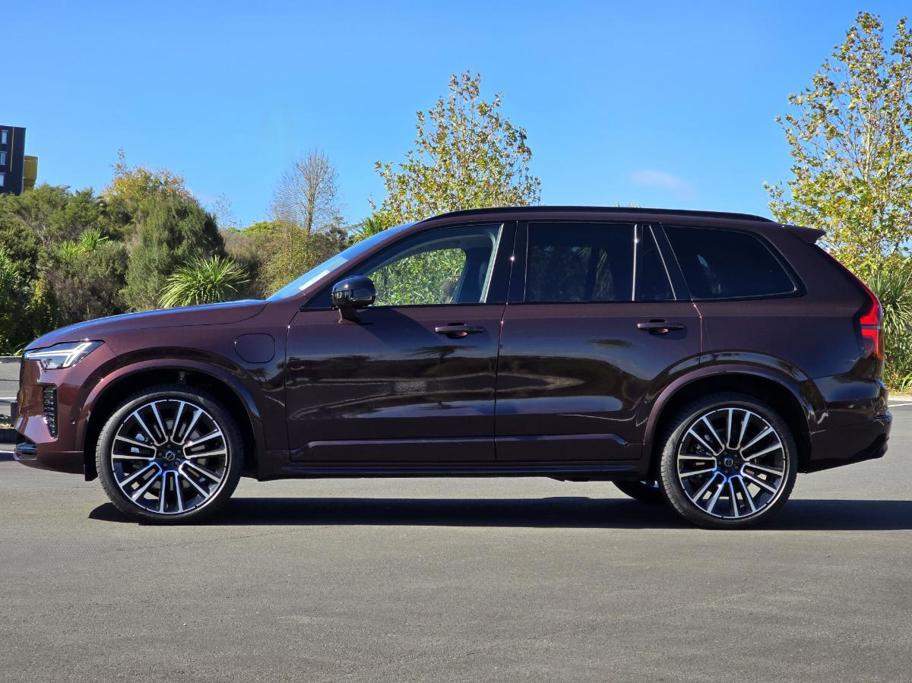
Of course, as it turned out that wasn’t to be the case, as Volvo - like many other manufacturers who made bold EV production announcements around the same time - decided to give the XC90 a refresh and keep it in production alongside the EX90 for the foreseeable future. Y’know, just in case.
So, does that mean the 2025 incarnation of the XC90 is the automotive equivalent of lipstick on a pig? A flashy facelift that adds more bling to try and hide the fact that it is now a 10-year-old car?

Well, if you were being very cynical you might claim that, but the fact is that the 2025 XC90 is genuinely a world-class luxury SUV that comfortably foots it with the best in its class, despite the fact that its underpinnings have been around for a while now.
How much is it?
The XC90 T8 Ultra Dark PHEV we drive here is the pinnacle of the local range, landing at $161,990, although our car had optional $3700 ventilated Nappa leather seats with a $2300 massage option, so topped out at $167,990.
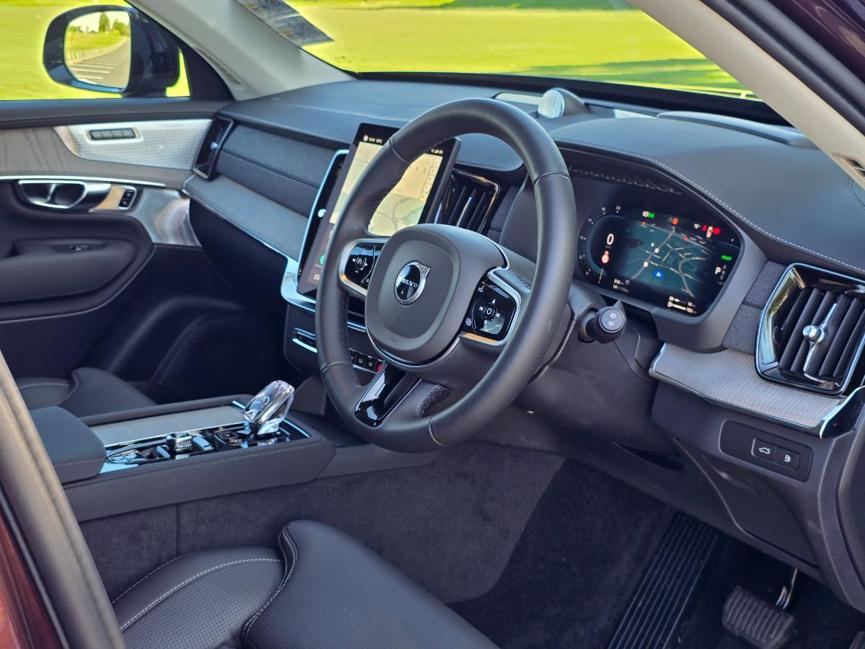
For that money you get a very generous level of standard equipment that includes high gloss black exterior trim, massive 22-inch 7-double spoke black diamond cut alloy wheels, a Bowers and Wilkins premium sound system, air suspension, LED matrix headlights, a 11.2-inch free-standing centre display with Volvo’s Google operating system, an improved 360-degree camera with split screen view, air purification, a crystal gearknob, 4-zone climate control, heated front and rear seats, a heated steering wheel, a head up display, park assist, a panoramic sunroof and a power operated tailgate.
The powertrain is an absolute delight that is both desperately frugal and enjoyably powerful, while always remaining seriously smooth and refined.
The T8 also gets a pumped-up plug-in hybrid powertrain that pairs the company’s venerable 2.0-litre turbocharged and supercharged four-cylinder petrol engine with a 19kWh battery and a rear-mounted electric motor.
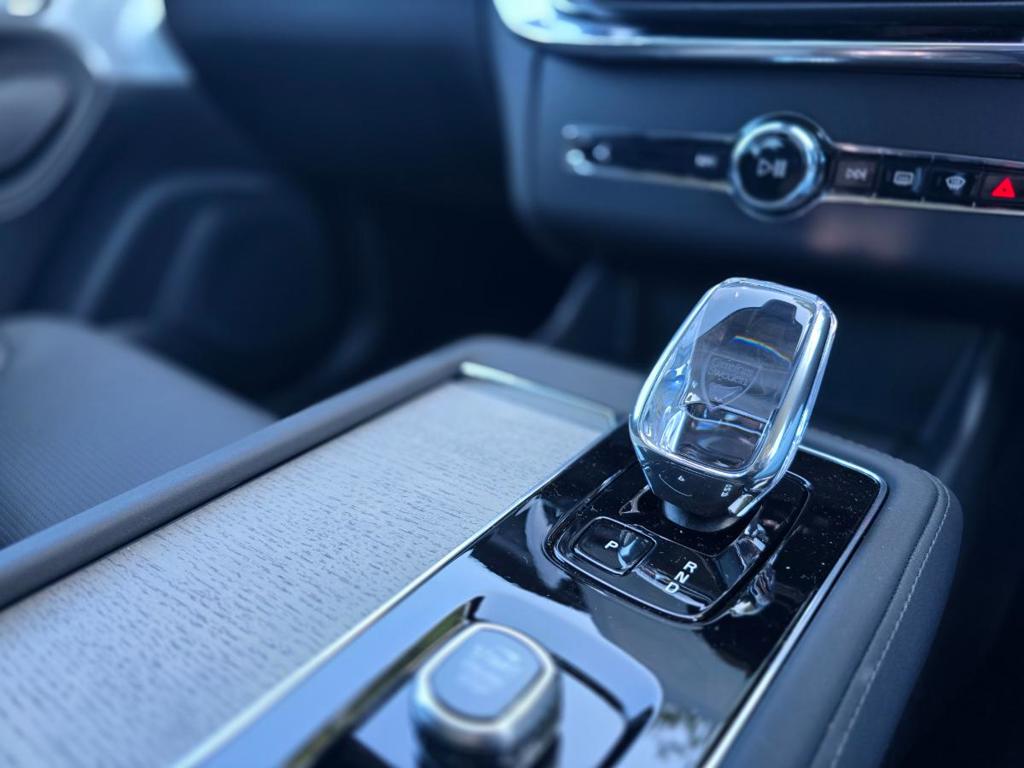
The battery is claimed to be good for an all-electric range of up to 70km, while the system pumps out a combined 335kW and 709Nm and will propel the XC90 to 100km/h in 5.4 seconds.
Alternatively, a B5 Ultra Bright model is available for $112,990 and features most of the T8’s kit but downsizes to 20-inch alloys and gets chrome exterior trim, a Harmon Kardon audio system and is powered by a 184kW/360Nm mild-hybrid turbo-only version of the 2.0-litre four-cylinder engine.
What’s it like to drive?
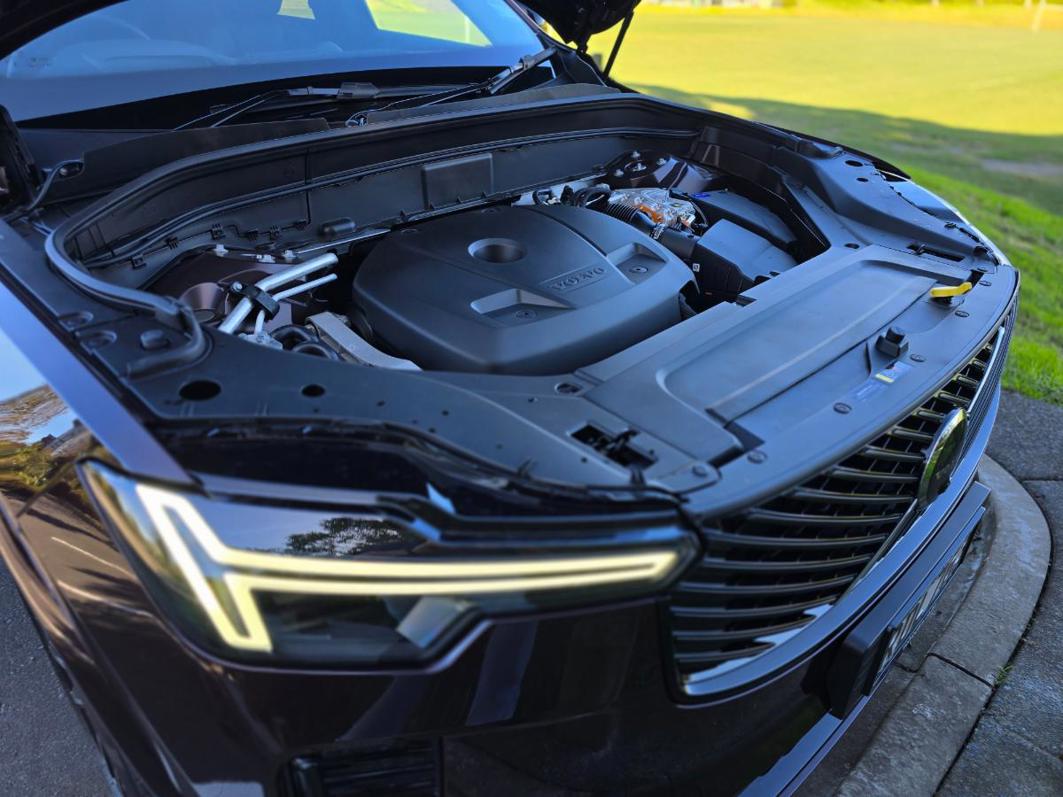
The XC90 has had a suspension upgrade for 2025 with new, more responsive frequency selective dampers (FSD) added to its air suspension set up, while extra acoustic foam has been added to the A and B pillars to prevent noise transmission into the cabin, which makes the XC90 startlingly quiet and luxurious on the road.
Handling is pretty much what you would expect from a large luxury SUV, but with a confident edge to the plush ride that makes the XC90 feel just a tad more agile than most.
While air suspension traditionally adds a touch of brittleness to the ride, the new dampers do a remarkably good job of filtering that out, with only a slight amount of brittleness still present in small lateral movements at lower speeds.
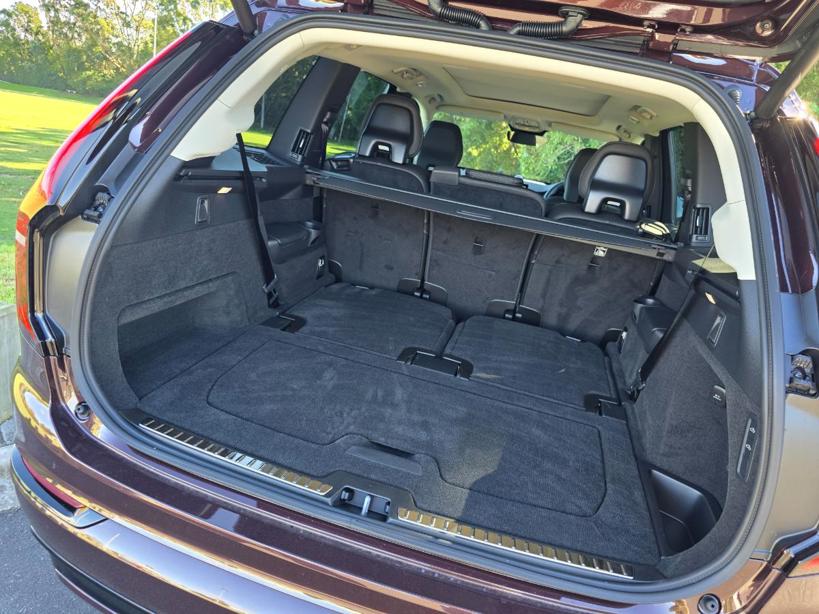
The way the T8 delivers its prodigious power is also particularly impressive, with a seamless, almost imperceptible transition between fully electric, hybrid assist and all-in full power, making the XC90 an impressively smooth and refined car around town and out on the open road.
You can play around with various drive modes and force the XC90 into fully-electric or hybrid modes, but really, just leaving it to do its thing is best, as it will spend the vast majority of the time on electric power alone, with the petrol engine only kicking in if you give it a bootful of throttle or the battery gets too low.
You can give it around three-quarters throttle before the petrol engine will kick in, and there’s a handy little petrol drop icon on the power gauge that shows you where it will use combustion, which varies depending on the state of charge of the battery but generally stays well out of the way in urban driving.
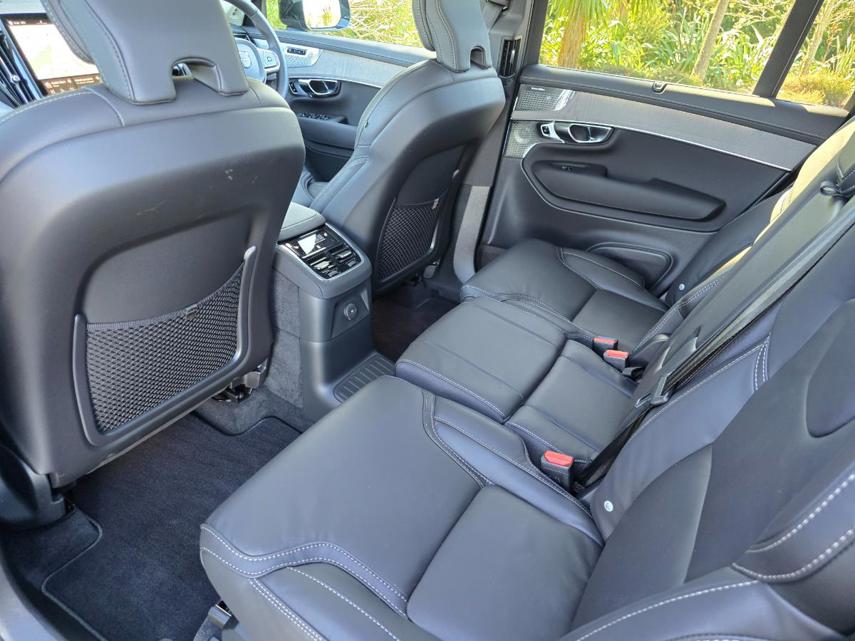
Handling is pretty much what you would expect from a large luxury SUV, but with a confident edge to the plush ride that makes the XC90 feel just a tad more agile than most. That said, it’s not a sports car, but will default to gentle, predictable understeer if you decide to test the limits.
What’s the pick of the range?
While we only drove the T8, it would be fair to suggest that it is the pick of the current range of XC90s in New Zealand.
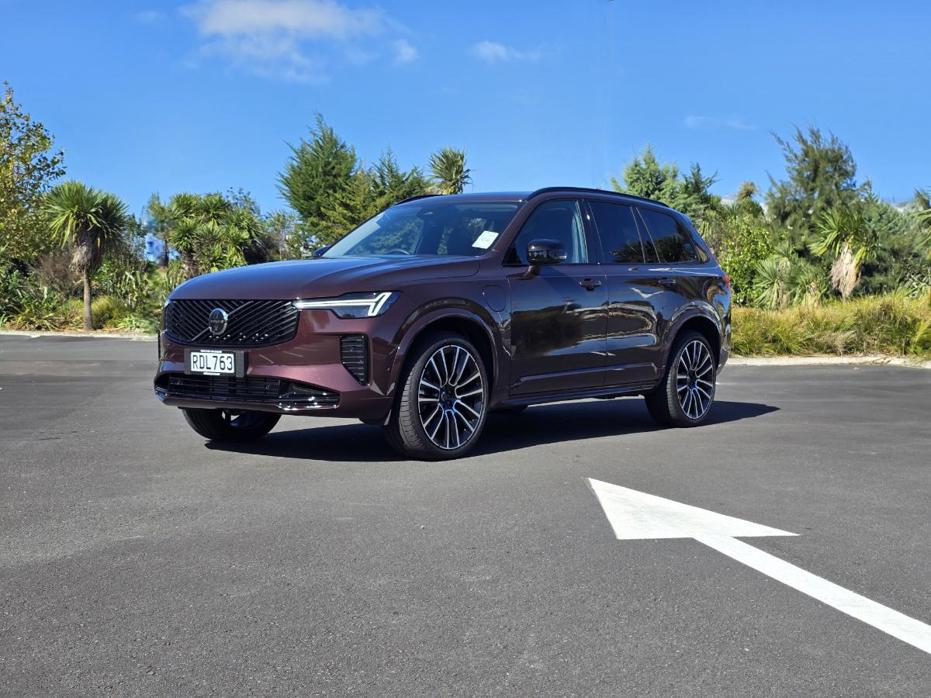
The powertrain is an absolute delight that is both desperately frugal and enjoyably powerful, while always remaining seriously smooth and refined. While it is quite a lot more money than the mild-hybrid B5, the powertrain elevates the XC90 to another level of refinement and luxury that even the best four-cylinder ICE (even with hybrid assistance) couldn’t match.
What other cars should I consider?
This is possibly where the XC90 could start to struggle, as $160k gets you a lot of impressive metal in the SUV segment. However, the closest competitors from Europe (BMW X5, Mercedes-Benz GLE, Range Rover Velar, Land Rover Defender 110) are still more expensive, with a good $15k to $20k gap between the Volvo and its PHEV competitors, with the same applying to the B5 equivalents if you didn’t want to go the PHEV route.













